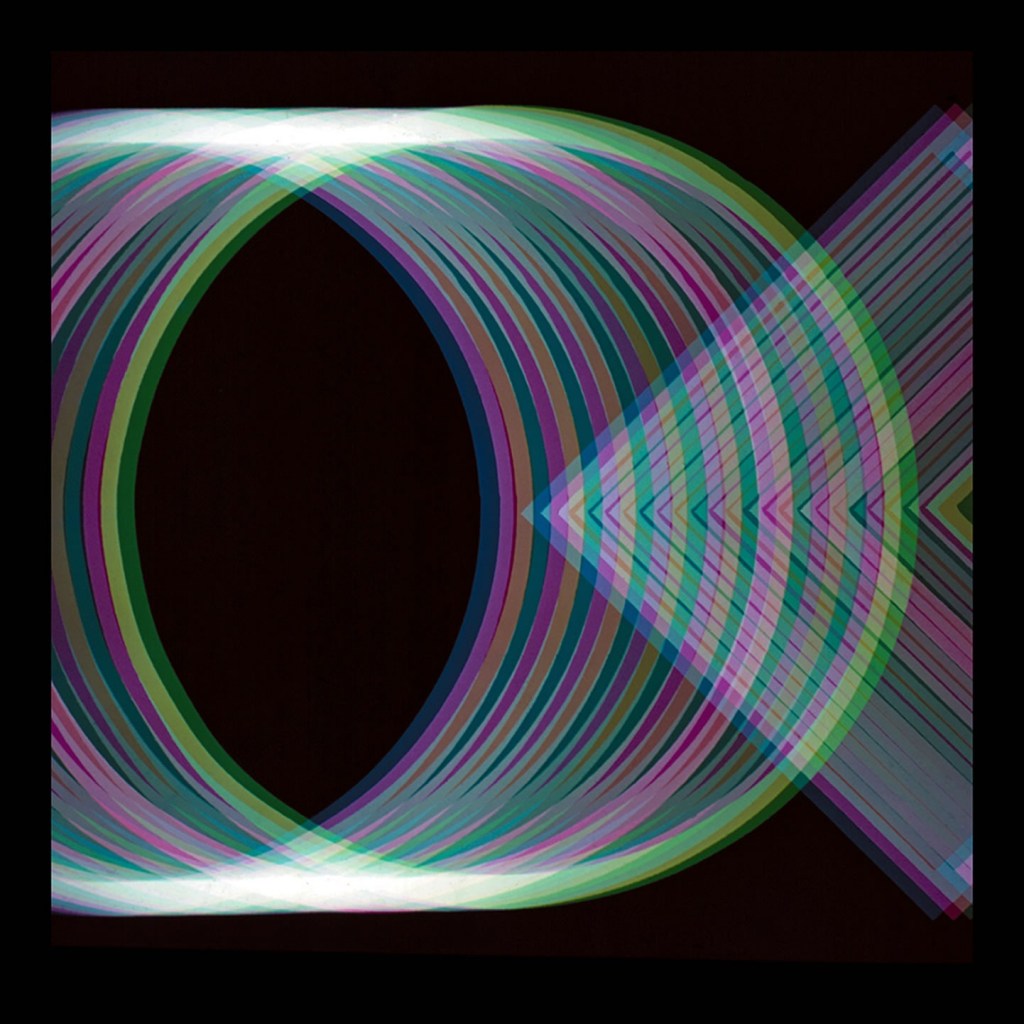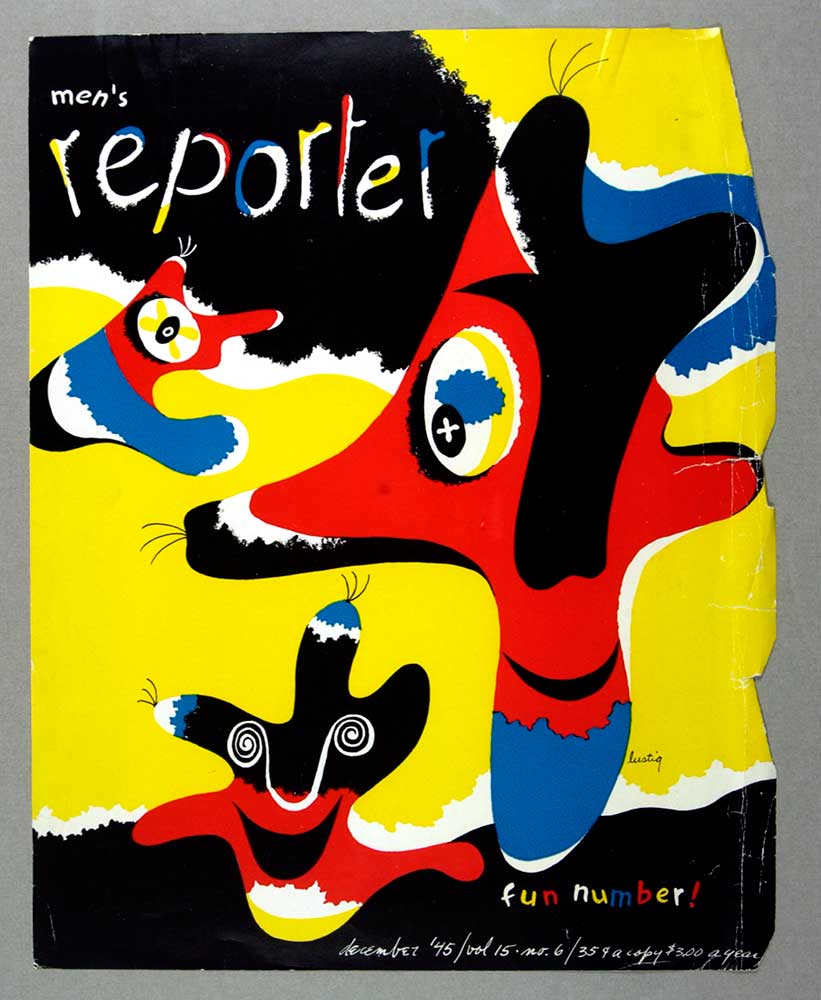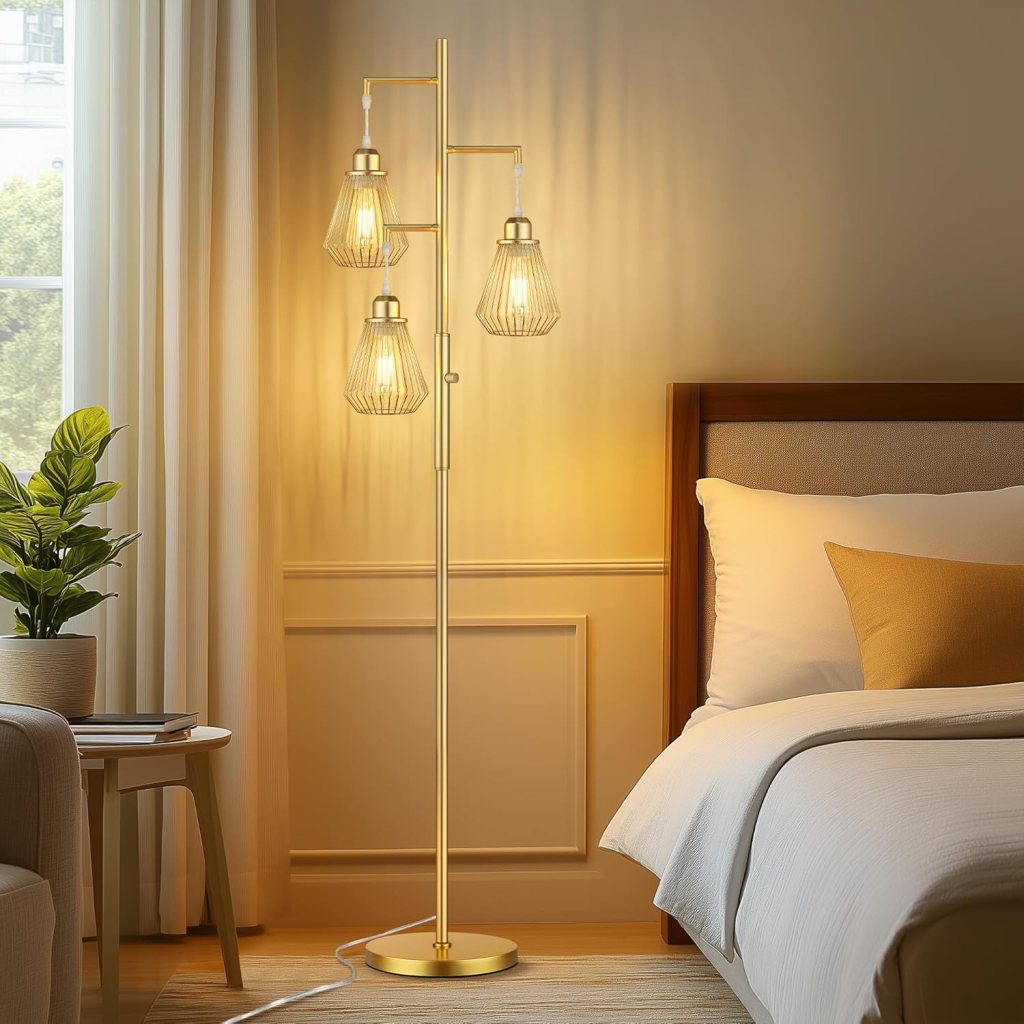Chinese Ceramics: Highlights of the Sir Percival David Collection
by Regina Krahl (Author), Jessica Harrison-Hall (Author)
Outside of Asia, Sir Percival David amassed one of the best collections of Chinese ceramics. Many imperial-quality artifacts include stunning specimens of highly rare Ru and guan ceramics and the famed David vases. Their inscriptions date from 1351, giving them a globally recognized standard for determining the age of Chinese blue and white porcelain.
Here are 50 highlights, all accompanied by colour images explicitly made for this publication. The following text provides further information and highlights the key characteristics of each item. The collection’s breadth and depth give enough material for a breathtaking overview and approachable introduction to Chinese ceramic art.
More Ceramic Design
Beaux Arts Gallery: A Crucible of British Modernism
The Beaux Arts Gallery was a pivotal London space for British modernism, showcasing artists like Freud and Bacon, and championing figurative expression under Helen Lessore’s influential direction.
Keep readingErik Bryggman: Pioneer of Finnish Functionalism
Erik Bryggman was a Finnish architect pivotal in modern functionalist architecture, blending classical and modern styles, with significant works like Resurrection Chapel and Åbo Akademi Library.
Keep readingRic Gath: The Reluctant Revolutionary of Surf Safety
Ric Gath, an Australian surfer-inventor, created the first surf-specific helmet in 1989, redefining surf safety and leaving a lasting legacy in protective design, despite industry resistance.
Keep readingRobert Heritage: Pioneer of Mid-Century British Design
Robert Heritage, a prominent British designer, is renowned for his innovative mid-century furniture, notably the Hamilton sideboard and QE2 Restaurant Chair, blending functionality with refined aesthetics.
Keep readingThe Allure of Agate: History and Modern Uses
The agate cup in the V&A Museum illustrates the stone’s historical significance in art. Valued for beauty and versatility, agate inspires modern and traditional designs alike.
Keep readingInternational Exhibitions of the Victorian Period: Tastemakers of the 19th Century
Victorian exhibitions showcased industrial and artistic achievements, influencing global design trends, public taste, and cultural values, while paving the way for future world fairs and museums.
Keep readingRoss Franklin Littell (1924 – 2000) American Textile and Furniture Designer
Ross Franklin Littell (1924 – 2000) was an American textile and furniture designer known for his practical, innovative, and minimalist style as part of the Good Design movement of the 1950s. He was born in Los Angeles. Education After serving in the military, he graduated from Pratt Institute in New York with a degree in…
Keep readingExploring Italian Gothic Design: Art and Architecture
Italian Gothic architecture, flourishing from the 12th to 16th centuries, blends Northern influences with classical heritage, showcasing elaborate façades, functional furniture, and intricate decorative arts.
Keep readingExploring Sustainable Design at the Institute for Lightweight Structures
The Institute for Lightweight Structures at the University of Stuttgart, founded by Frei Otto, advances lightweight architecture focusing on efficiency, sustainability, and innovative design methodologies.
Keep readingInfluential Dutch Interior Architects Transforming Design
Dutch interior architects have long been at the forefront of design innovation, blending functionality, craftsmanship, and aesthetics. These architects and designers have left a lasting mark on the industry, from modern minimalism to bold conceptual works. Marcel Wanders: The Master of Eclectic Elegance Marcel Wanders gained international recognition in 1996 with his Knotted Chair, which…
Keep readingThe PIFCO 1960 Electric Massager: A Look Back at Vintage Personal Care Technology
The PIFCO Electric Massager from the 1960s represents early personal care innovation, reflecting mid-century consumer trends and marketing claims of health benefits for various ailments.
Keep readingThe Travel + Leisure World’s Best Awards
The 2024 Travel + Leisure World’s Best Awards highlights exceptional hotels, with The Oberoi Rajvilas recognized as the best for luxury, design, and service excellence.
Keep readingBiennale di Venezia: A Legacy in Art and Design
The Biennale di Venezia, established in 1895, has evolved into a key multidisciplinary event, shaping applied arts and design trends while bridging historical craftsmanship with contemporary innovation.
Keep readingKandinsky’s Impact on Bauhaus Design Principles
Wassily Kandinsky’s contributions to abstract art, particularly at the Bauhaus, reshaped design principles by emphasizing the emotional and spiritual significance of color and geometric form.
Keep readingBormioli Luigi: The Evolution of Italian Glassware Excellence
Bormioli Luigi, renowned for Italian glassware since 1825, combines tradition with innovation, offering luxury products like the Sublime Carafe, showcasing elegance and sustainability.
Keep readingLuba Lukova: The Power of Visual Metaphor in Design
Luba Lukova, a New York-based artist from Bulgaria, creates impactful artwork addressing social issues like justice and freedom through minimalist design and visual storytelling.
Keep readingThe Hoosier Kitchen Cabinet: Revolutionizing the American Kitchen
The Hoosier Kitchen Cabinet revolutionized early 20th-century kitchen efficiency, empowering homemakers and becoming a beloved vintage design icon.
Keep readingThe Art of the 1930s Bouquet: Elegance, Simplicity, and the Beauty of Fresh Flowers
The 1930s was a decade marked by elegance, restraint, and a return to natural beauty in the decorative arts. Amidst the economic hardships of the Great Depression, floral arrangements became a powerful form of artistic expression—bringing vibrancy, warmth, and optimism into homes. The art of the bouquet was not merely a matter of decoration. It…
Keep readingThe 1959 Kitchen: The Heart of the Home
The 1950s redefined kitchens as multifunctional family spaces, blending style and practicality, with publications influencing trends that prioritized comfort, efficiency, and modern design elements.
Keep readingOtto Prutscher: Pioneer of Austrian Design
Otto Prutscher, a key figure in Austrian design, excelled in glassware while promoting modernism through the Wiener Werkstätte, combining decorative elements with functional simplicity.
Keep readingAcella Curtains: A Mid-Century Modern Statement in Textile Design
The 1961 advertisement for Acella curtains highlighted their synthetic material, bold geometric patterns, and vibrant colors, embodying mid-century modern design for contemporary interiors.
Keep readingExploring Lampblack in Decorative Arts
Lampblack powder, derived from soot, is a versatile black pigment widely used in inks, paints, calligraphy, and various decorative arts throughout history.
Keep readingPop Art: Colour Library by Jamie James – A Visual Revolution
“Pop Art: Colour Library” by Jamie James explores the influential movement’s origins, key artists, and ongoing impact, offering a vibrant introduction to 20th-century visual culture.
Keep readingThe Legacy of Aladdin Kerosene Lamps: Innovation and Collectibility
Aladdin lamps, innovated by Victor Johnson, revolutionized kerosene lighting with superior brightness and efficiency, becoming collectable treasures noted for their vibrant glass designs and historical significance.
Keep readingZika and Lida Ascher: Pioneers of 20th-Century Textile Design
Zika and Lida Ascher, 20th-century textile pioneers, revolutionized fabric design by bridging art and fashion through innovative collaborations and vibrant materials, leaving a lasting legacy.
Keep readingSoetsu Yanagi and the Revival of Japanese Folk Art
Soetsu Yanagi, a pivotal Japanese philosopher, founded the Mingei movement, emphasizing the beauty of traditional craftsmanship, thereby preserving folk art and influencing global design appreciation.
Keep readingThe Egyptian Style of Decoration: A Timeless Influence
The Bembine Table of Isis and various Renaissance artifacts revived Egyptian motifs in Western art, influencing design through centuries, culminating in a robust Egyptian Revival during the 19th century.
Keep readingThe Tarot: A Pictorial Journey in the Applied and Decorative Arts
The Tarot, a historical artistic and divinatory tool, blends pictorial design, symbolism, and craftsmanship, evolving through centuries while inspiring contemporary artistic expressions and storytelling.
Keep readingSpace Age Furniture: A Revolution in Design
The Space Age furniture movement of the 1960s revolutionized design with bold colors, innovative materials, and ergonomic forms, led predominantly by Italian designers, leaving a lasting legacy.
Keep readingThe Wasmuth Edition: Frank Lloyd Wright’s Architectural Magnum Opus
The Wasmuth Portfolio, published in 1910, introduced Frank Lloyd Wright’s influential designs to Europe, significantly impacting modernist architecture and inspiring future architects.
Keep readingHenry Hobson Richardson: Architect of the American Romanesque Revival
Henry Hobson Richardson revolutionized 19th-century architecture with his Richardsonian Romanesque style, embodied in iconic buildings like Trinity Church, influencing generations of architects.
Keep readingRaymond Hood: Shaping the Skyline of Modern America
Raymond Hood, a pivotal American architect, significantly influenced 20th-century urban architecture through his Art Deco skyscrapers like Rockefeller Center and Tribune Tower, merging function with artistry.
Keep readingBill Gibb (1943–1988): A Visionary in Fashion and Decorative Arts
Bill Gibb, a pivotal Scottish fashion designer in the 1970s, merged historical references and craftsmanship, creating romantic, theatrical garments that continue to inspire modern fashion.
Keep readingDr. Hugh Welch Diamond: Pioneering Photography and Its Influence on the Applied Decorative Arts
Dr. Hugh Welch Diamond was a pioneering psychiatrist and photographer, crucial in early psychiatric photography, influencing medical documentation and the decorative arts in the 19th century.
Keep readingThe “Dragonfly” Lamp by Clara Driscoll and Tiffany Studios
The “Dragonfly” lamp, designed by Clara Driscoll, showcases Tiffany Studios’ artistry and innovation in decorative arts, embodying the Art Nouveau style and women’s contributions in design.
Keep readingThe Streamliner Meat Slicer: A Masterpiece of American Industrial Design
The Streamliner Meat Slicer, designed in the 1930s, exemplifies American industrial design’s blend of aesthetics and functionality, showcasing sleek materials and innovative engineering.
Keep readingVisual Diary Entry: Redbook Magazine Cover
The vintage Redbook magazine cover exemplifies mid-century design, featuring effective white space, bold typography, and color contrast, highlighting women’s evolving roles and aesthetics.
Keep readingJosep Lluís Sert: A Visionary of Modernist Architecture
Josep Lluís Sert was a pioneering architect whose modernist work integrated art and functionality, influencing urban planning and design in Europe and the United States.
Keep readingMargot Van Voorhies: Mid-Century Enamel Jewelry Innovator
Margot Van Voorhies Carr, a pioneer of mid-century Mexican silver and enamel jewelry, blended Art Deco with indigenous motifs, empowering female artisans and inspiring contemporary creators.
Keep readingMarion Mahler: Pioneer of Mid-Century British Textile Design
Marion Mahler, a pioneering textile designer, shaped mid-century modern fabric design in Britain with bold geometric abstractions, leaving a lasting influence on home furnishings and design aesthetics.
Keep readingThe Geometry of Creation: Unveiling the Secrets of Gothic Architectural Design
Gothic architecture remains one of history’s most breathtaking and complex architectural styles. From the intricate vaults of cathedrals to the soaring buttresses that define medieval skylines, this architectural movement was driven by a unique design process that relied heavily on geometry and precise technical drawings. The Geometry of Creation: Architectural Drawing and the Dynamics of…
Keep readingElegant Living with ILSE Furniture – The Essence of 1960s Modernism
ILSE Möbel, a notable 1960s German furniture manufacturer, combined quality craftsmanship and modernist design, creating iconic coffee tables and versatile pieces that remain timeless and influential.
Keep readingPye Model CS17: A Mid-Century Masterpiece by Robin Day
The Pye Model CS17, designed by Robin Day in 1956, showcased modern aesthetics and functionality, influencing mid-century design and becoming a celebrated classic in British electronics.
Keep readingTop Exhibitions at Chicago Athenaeum Revealed
The Chicago Athenaeum promotes design excellence through innovative exhibitions, fostering cultural dialogue and showcasing architectural movements, industrial design, and individual talents globally.
Keep readingAlvar Aalto’s 100/900 Tea Trolley (1937): A Masterpiece of Functional Elegance
The 100/900 Tea Trolley, designed by Alvar Aalto in 1937, exemplifies Scandinavian modernism with its innovative bentwood design, enhancing aesthetics and functionality in furniture.
Keep readingThe Champagne Chair: A Toast to Timeless Modernism
The Champagne Chair, designed by Erwine and Estelle Laverne in 1957, blends transparency and modern materials, symbolizing mid-century design innovation and timeless elegance.
Keep readingThe Peacock in Applied and Decorative Arts: Symbolism and Design Inspirations
Peacocks symbolize luxury, renewal, and wisdom, inspiring diverse artistic expressions from historical to contemporary design, including furniture, textiles, and decorative arts. Their influence persists today.
Keep readingArnout Visser: The Experimental Dutch Designer
Arnout Visser, a Dutch designer, merges scientific principles with artistic glass design, creating innovative and functional pieces that challenge conventional material use and engage users interactively.
Keep readingThe Fagus-Werk Sofa by Walter Gropius: A Bauhaus Masterpiece
The Fagus-Werk Sofa, designed by Walter Gropius in 1911, embodies Bauhaus principles through its minimalist design, functional form, and lasting impact on modern furniture aesthetics.
Keep reading1971 Nota Type IV ‘Fang’: A Classic Australian Sports Car
The 1971 Nota Type IV ‘Fang’ prototype is a significant Australian sports car, offering high performance, lightweight design, and bridging the gap between race and street-legal vehicles.
Keep readingAlessandro Becchi: Icon of Italian Furniture Design
The Anfibio Sofa, designed by Alessandro Becchi in 1971, exemplifies Italian radical design with its multifunctional, sculptural form, merging comfort and versatility in furniture.
Keep readingFrank Lloyd Wright’s Peacock Chair: The Art & Influence of His Iconic Designs
The Peacock Chair, designed by Frank Lloyd Wright for Tokyo’s Imperial Hotel, showcases geometric elegance and embodies his Mayan Revival style, merging function with artistic innovation.
Keep reading56 Ecclesiastical Art and Vestments Terms and Definitions
The content outlines various ecclesiastical vestments, sacred vessels, and art used in Christian traditions, detailing their functions and significance in religious ceremonies.
Keep readingKaratsu in Japanese Ceramics: A Legacy of Korean Influence and Tea Culture
Karatsu ware, originating in the 13th century, exemplifies Japanese pottery’s rustic elegance with a focus on wabi-sabi aesthetics, particularly in tea ceremonies.
Keep readingThe Fitzhugh Pattern: A Classic Oriental Lowestoft Design
The Fitzhugh Pattern, a Chinese export porcelain design from 1815, features an American eagle and symbolizes U.S. trade, reflecting fascinating cultural exchanges in decorative arts.
Keep readingElectroplate and Electroplating: A Revolutionary Manufacturing Process
The evolution of electroplating by Elkington & Co. transformed affordable luxury in 19th-century home goods, enhancing craftsmanship and accessibility while influencing decorative arts production.
Keep readingThe Peacock Vase by Louis Comfort Tiffany: A Masterpiece of Blown Glass
The Peacock Vase by Louis Comfort Tiffany, crafted circa 1901, highlights exceptional Art Nouveau skills in blown glass with its iridescent blue and green patterns.
Keep readingThe Brno Chair: A Modernist Icon by Ludwig Mies van der Rohe
The Brno Chair, designed by Mies van der Rohe, epitomizes modernist design with its minimalist form, cantilevered chrome frame, and luxurious leather upholstery, symbolizing Bauhaus aesthetics.
Keep readingMichael Powolny (1871–1954): Austrian Sculptor and Ceramicist
Michael Powolny was a pivotal Austrian sculptor and ceramicist whose innovative designs significantly influenced Viennese Art Nouveau and early Art Deco, blending tradition with modernism.
Keep readingAlberto Marangoni: Pioneer of Interactive Italian Design
Alberto Marangoni, a pivotal designer, co-founded Gruppo MID, influencing interactive art and urban design, merging aesthetics with functionality in the 1965-2014 series.
Keep readingExploring the Legacy of Arthur Heygate Mackmurdo in Design
Arthur Heygate Mackmurdo (1851–1942) was an influential English architect and designer, pivotal in the Arts and Crafts Movement, shaping modern design and Art Nouveau through innovative craftsmanship.
Keep readingAkira Minagawa and the Aesthetic Vision of minä perhonen
Akira Minagawa’s minä perhonen blends traditional and modern design, emphasizing craftsmanship, sustainability, and cross-cultural influences, aiming for timelessness in fashion and textiles.
Keep readingOccupational Outlook for Industrial Designers: Career Prospects and Growth Trends
Industrial design merges art and engineering to create functional products. Key roles include research, prototyping, and collaboration, with a positive job outlook and emerging trends in sustainability.
Keep readingDesire to Inspire: A Global Passion for Interior Design
Desire to Inspire, founded by Kim and Jo in 2006, connects global design enthusiasts through curated interiors, showcasing stunning spaces and fostering a vibrant design community.
Keep readingExploring Industrial Design at NC State University: Innovation at the Intersection of Art and Technology
NC State’s Industrial Design program emphasizes human-centered design, technology-driven innovation, and sustainability, preparing students for impactful careers in various design fields.
Keep readingCraftsmanship and Innovation in Marc Newson’s Wood Chair
Marc Newson’s Wood Chair is a biomorphic masterpiece showcasing innovative bentwood craftsmanship, merging organic form and durability, influencing contemporary furniture design and recognized in prominent collections.
Keep readingThe Egg Chair: A 20th-Century Design Icon
The Egg Chair Chair by Ursula Haupenthal (1992) is a minimalist, sculptural design made from advanced materials, featuring a high-tech aesthetic and innovative structural balance.
Keep readingAlvin Lustig: The Multifaceted Designer of Modernism
Alvin Lustig was a pioneering designer whose multidisciplinary work in graphic design, book covers, and interiors established enduring design principles, influencing contemporary aesthetics.
Keep readingExploring West Coast Modernism: Key Features and Influences
West Coast Modernist architecture features large windows and local materials, harmonizing indoor and outdoor spaces, emphasizing simplicity, functionality, and environmental connection while reflecting natural surroundings.
Keep readingBocca Sofa: The Art of Pop Culture Design
The Bocca Sofa, designed by Studio 65 in 1970, merges pop art with functional design, featuring a distinct lip shape and vibrant red upholstery, symbolizing cultural innovation.
Keep readingEurodomus 4: Design Trends of the 1970s
The Gufram booth at Eurodomus 1972 featured Studio 65’s radical designs, including the Bocca sofa, Cactus coatrack, and Attica series, blending pop art with functionality.
Keep readingExploring Pforzheim: The Golden City’s Jewelry Heritage
Pforzheim, known as Germany’s “Golden City,” has a rich jewellery history, highlighted by Art Nouveau designs and the renowned Schmuckmuseum, showcasing exquisite craftsmanship over centuries.
Keep readingExploring Canadian Industrial Design: ACID and Its Impact
The Association of Canadian Industrial Designers (ACID) promotes industrial design, offering various membership tiers with benefits such as networking, advocacy, and professional development since 1948.
Keep readingUniversity of Milan: Exploring Art and Industry
The University of Milan promotes applied and decorative arts through courses like “Artistic Production and Industrial Society” and “History of Contemporary Art,” highlighting their cultural and industrial significance.
Keep readingTeardrop Cage: A Statement in Decorative Arts and Lighting
The Elegant Teardrop Industrial Style Lamp blends classic industrial design with modern utility, featuring a unique teardrop cage that enhances light diffusion and suits various interiors.
Keep readingThe History and Evolution of the Papasan Chair
The Papasan chair, often recognized for its deep, bowl-like seat and rattan or wicker base, has been a staple in relaxed and bohemian interiors for decades. Known for its cozy embrace, this chair design blends cultural heritage with modern-day comfort. But where did it come from, and how has it evolved? This article explores the…
Keep readingExploring Janus: Symbolism in Architecture and Design
Janus, the Roman god of gates, doorways, transitions, and time, embodies the dual nature of beginnings and endings. His distinctive double-faced representation allowed him to look at the past. It also allowed him to look to the future. This made him an essential figure in Roman religious and civic life. His influence extends beyond mythology…
Keep readingWilliam Lees Judson: A Visionary of American Art and Craftsmanship
William Lees Judson, a significant figure in American art, founded Judson Studios in California, renowned for stained-glass artistry and contributions to the Arts and Crafts movement.
Keep readingThe Journal of Decorative Art (1881–1937): A Chronicle of Design and Craftsmanship
The Journal of Decorative Art, published from 1881 to 1949, was crucial for decorators, showcasing evolving design movements and techniques, influencing craftsmanship and modern design standards.
Keep readingAlexander Neumeister: The Visionary Behind High-Speed Rail Design
Alexander Neumeister, a prominent industrial designer, revolutionized high-speed rail design with the Transrapid and ICE trains, emphasizing specialization, user-centricity, and continuous improvement in transportation aesthetics.
Keep readingGapestick a Historical Curiosity in Culinary Utensils
The gapestick, a large wooden cooking spoon from medieval kitchens, embodies humor and historical significance, illustrating its dual role in cooking and cultural language.
Keep readingThe Decorative Folding Screen: A Fusion of Art and Function in Interior Design
Folding screens, originating from ancient China, blend aesthetics and functionality in interior design, evolving into versatile room dividers and artistic statement pieces across cultures.
Keep readingBruno Ninaber van Eyben: Designing Time and Currency in the Netherlands
Bruno Ninaber van Eyben, a prominent Dutch designer, is known for his minimalist approach in creating everyday items like watches and coins, embodying Dutch modernist principles.
Keep readingThe Essence of Apple Design: A Deep Dive into Human-Centered Innovation
Apple’s design philosophy, rooted in clarity, efficiency, and aesthetic integrity, shapes user experience across its ecosystem, guiding developers through its Human Interface Guidelines for cohesive app design.
Keep readingNani Marquina: A Visionary in Contemporary Rug Design
Nani Marquina, a pioneering designer, blends traditional craftsmanship with modern aesthetics, creating sustainable, artistic rugs that reflect culture and support artisan communities worldwide.
Keep readingUnlock Creative Potential: Insights from Adobe
The Adobe Design Blog offers insights into design innovation, exploring AI tools, typography, user experience, and inspiring stories to empower creatives in their journeys.
Keep readingUrban Design Forum: Shaping a Just and Thriving New York City
The Urban Design Forum drives urban innovation in New York City, promoting social justice and collaboration among civic leaders to create inclusive, affordable, and vibrant neighborhoods for all.
Keep readingStylish Velvet Dining Chairs for Modern Homes
The SEYNAR Dining Chairs feature luxurious orange velvet, gold legs, and ergonomic design, offering style and comfort, perfect for various contemporary spaces in your home.
Keep readingMid Century Sherpa Boucle Accent Chair: A Cozy and Stylish Addition to Your Space
The SEYNAR Mid Century Sherpa Boucle Accent Chair offers modern style, cozy comfort, and durability, perfect for small spaces and various interior aesthetics.
Keep readingExploring Bauhaus in Contemporary Chinese Design
The Bauhaus movement, founded in 1919, unified art and technology, influencing contemporary architecture and graphic design globally, particularly in China, emphasizing functionality and minimalism.
Keep readingCNN Style: A Global Lens on Design, Fashion, and Culture
CNN Style significantly influences global design, fashion, and architecture through in-depth features, addressing contemporary issues and combining creativity with technology for diverse audiences.
Keep readingThe Vibrant World of Gaudy Pottery: Dutch, Ironstone, and Welsh
The decorative arts showcase the Gaudy ceramics of the 19th century, highlighting three distinct styles—Gaudy Dutch, Gaudy Ironstone, and Gaudy Welsh—each representing cultural trends and artistic evolution.
Keep readingFlow Blue Ceramics: A Guide to This Iconic Tableware
Flow Blue ceramics are renowned for vibrant cobalt designs with blurred patterns. Produced mainly in 19th-century England, they are prized by collectors for their uniqueness and historical value.
Keep readingUnderstanding Geometric Patterns in Mosque Mosaics
The image showcases intricate mosque mosaics featuring geometric patterns, arches, zellij tiles, calligraphy, chandeliers, carpets, and symmetry, highlighting Islamic architectural artistry.
Keep readingSustainable TRIWA Watches: Eco-Friendly Timepieces
The Triwa Humanium Metal Watch blends minimalist design with sustainability, utilizing recycled firearms to create a stylish timepiece symbolizing peace and environmental responsibility.
Keep readingExploring Motorola’s Impact on Telecommunication Design
Motorola has redefined telecommunications with innovative designs and technologies since 1928, influencing both mobile aesthetics and modern living through iconic products like the Razr and Aura.
Keep readingCarlos Mérida: A Fusion of Modernism and Indigenous Art
Carlos Mérida, a Guatemalan artist, blended European modernism with indigenous Latin American themes, creating a unique artistic legacy celebrated for its cultural significance and innovation.
Keep readingKey Features of Scandinavian Modernism
Scandinavian Modernism, emerging post-World War II, emphasizes functionality, natural materials, neutral colors, and light, promoting well-being and timeless design principles for accessible living spaces.
Keep readingThe Coldstream Guard at the Tower of London: Tradition Woven into Uniform
The author reflects on visiting the Tower of London, admiring the Coldstream Guard’s uniform, which embodies British tradition, history, and modern military relevance in ceremonial duties.
Keep readingRelated Articles
Discover more from Encyclopedia of Design
Subscribe to get the latest posts sent to your email.


































































































